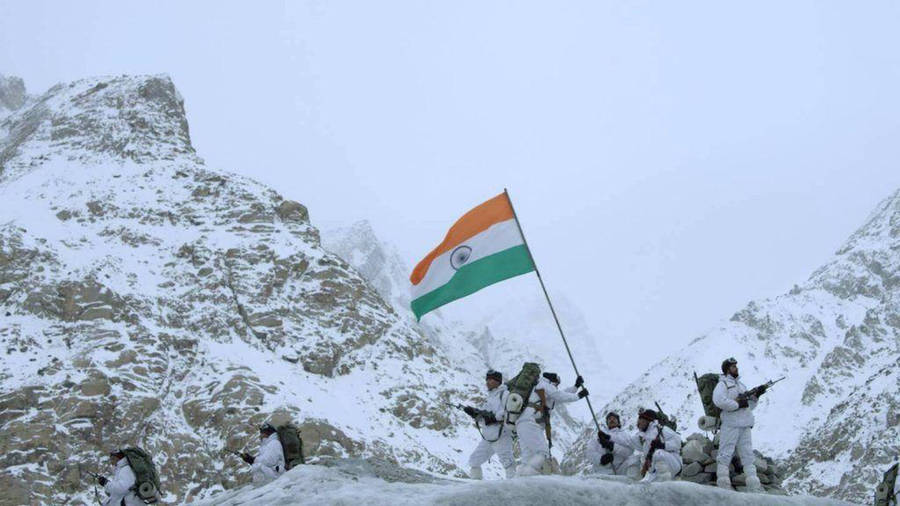The border between China and India is disputed at multiple locations. There is “no publicly available map depicting the Indian version of the LAC,” and the survey of India maps are the only evidence of the official border for India. The Chinese version of the LAC mostly consists of claims in the Ladakh region, but China also claims Arunachal in northeast India. That’s why the battle of Galwan happened.
China and India previously fought over the border in 1962 and 1967, with China gaining victory in the former and India gaining victory in the 2nd time.
The Battle of Galwan Valley in June 2020 remains one of the most significant events in recent Indo-China border history. This brutal clash, which took place in the treacherous terrain of Ladakh, reshaped the dynamics along the India-China border and brought global attention to the fragile peace along the Line of Actual Control (LAC).

📌 Timeline of the Galwan Valley Clash 2020
In early 2020, reports of Chinese intrusion in Galwan Valley emerged. Despite multiple rounds of talks, tensions escalated. On the night of June 15, 2020, a violent face-off erupted, resulting in casualties on both sides. Brave Indian soldiers confronted the PLA troops in hand-to-hand combat under freezing conditions.
⚔️ What Happened During the Battle of Galwan Valley Face-Off?
The Galwan Valley face-off on the night of 15th June 2020 was unlike anything seen between India and China in decades. Despite the long-standing border tensions, direct clashes like this had become rare — and certainly no one expected it to turn so deadly in the 21st century.
The situation had been brewing for weeks. In early May 2020, India noticed that Chinese troops had crossed what India considers its side of the Line of Actual Control (LAC) in Ladakh’s Galwan Valley. Talks between local military commanders were going on to de-escalate the standoff. On 15th June, Indian soldiers led by Colonel B. Santosh Babu went to check whether the People’s Liberation Army (PLA) troops had dismantled an illegal Chinese post, as had been agreed in negotiations.
When Colonel Santosh Babu and his men reached the spot, they found that the Chinese hadn’t pulled back as promised — instead, a fresh structure had come up. This angered the Indian side. A heated argument began, which soon turned into a physical brawl. Because of old agreements between India and China, firearms are generally not used within 2 km of the LAC to prevent accidental escalation. But in the absence of guns, the fight turned medieval — soldiers used rocks, iron rods, wooden clubs wrapped in barbed wire and even pushed each other off steep ridges. It was brutal hand-to-hand combat in the dark, on narrow ridgelines, and at freezing temperatures.
🏔️ After the Face-Off Battle of Galwan
The face-off sparked a wave of nationalism across India. Tributes poured in for the Galwan Valley martyrs, and the government responded by boosting infrastructure and military presence along the LAC. Even today, the region remains tense, with both sides building roads, bunkers, and deploying additional troops.
As of 2025, about 2,000 sq km of Indian land has been ceded to China since June 2020. PM Modi has been criticized for maintaining silence over the territorial loss. In January 2023, a paper presented to the Ministry of Home Affairs, with inputs from Ladakh Police, stated that India had lost access to 26 out of 65 Patrolling Points in eastern Ladakh since June 2020.
The Battle of Galwan Valley stands as a symbol of our soldiers’ unmatched courage and sacrifice. As we move forward, let’s always remember what they gave up to keep us safe. The mountains of Ladakh may look calm, but they hold stories of valor that must never be forgotten.
Hats off to our martyrs for their sacrifice. If you want to know many more stories, please follow our channel a2ztrendy.



